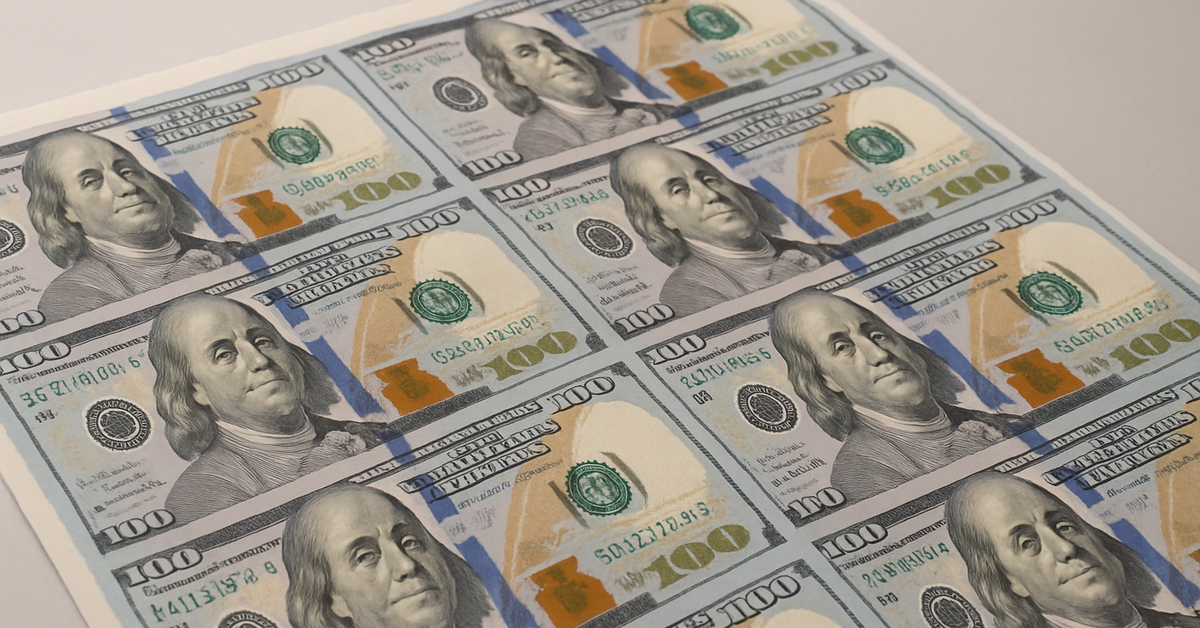Have $50K in Savings? Here's What to Do With It

KEY POINTS
- You can earn 4.10% APY or more by moving your savings to a high-yield savings account.
- A simple CD ladder can lock in great short-term returns while keeping cash accessible.
- Investing just a portion of your $50,000 for retirement could grow to six figures over time.
So you've got $50,000 in the bank… Now what?
You could buy a used Porsche, a Rolex, or a lifetime supply of smoked salmon. You could YOLO your way through a week in Vegas and come back with just glitter and regrets.
But if you want to keep your $50,000 (and make it grow), you're gonna need a better plan.
This much cash gives you options. Here's how to stretch that $50,000 into something way more powerful than a Rolex tan line.
Open a high-yield savings account
First thing's first. Get that money out of your low-earning checking account.
High-yield savings accounts (HYSAs) are paying around 4.00% APY right now. That's like $2,000 a year in passive income, just for parking your $50,000 somewhere smarter.
HYSAs are purpose built for cash savings. Here are some quick features most offer:
- FDIC insurance up to $250,000 per depositor
- Free to open with no monthly fees
- Access to your cash anytime
You don't have to move the full $50,000. But even shifting just $20,000 into a high-yield savings account can earn you over 50x more interest than the national average for checking accounts.
Here's a great HYSA with a top rate: Open a CIT Platinum Savings account today and earn 4.10% APY for balances of $5,000 or more.
Set up a CD ladder to lock in returns
Certificates of deposit (CDs) allow you to lock in today's interest rates for a set period of time. And right now, the best short term CDs (6- to 12-months) are offering rates up to about 4.50%.
Here's the sneaky part. Instead of putting all your $50,000 into a single CD, you can spread your money across multiple CDs with staggered end dates. This is called a "ladder" strategy.
Here's how a CD ladder works:
- Divide your cash into equal chunks (eg, five lots of $10,000)
- Open five CDs with staggered terms: 6, 12, 18, 24, and 36 months
- As each CD matures, roll it into a new 36-month CD
This strategy gives you regular access to some of your money, while locking in better rates. It's low-risk, earns more than a regular savings account, and works great for short- to mid-term goals. See the best current CD rates and start your ladder here.
Invest some for retirement
It might feel good to have a $50,000 emergency fund. But the truth is, do you really need that much if an emergency pops up? Could $20,000 to $30,000 be enough?
Investing a portion of your cash could allow it to grow at a faster rate over time.
Let's say you take $20,000 and invest it in a low-cost S&P 500 index fund. At a modest 8% annual return, that money could grow to more than $43,000 in 10 years.
And if you leave it longer, it could grow even more. Here's what $20,000 invested looks like after earning an 8% average return.
| Years Invested | Future Value |
|---|---|
| 10 years | $43,178 |
| 20 years | $93,219 |
| 30 years | $201,253 |
| 40 years | $434,490 |
If you already have a 401(k) through work, that's great. But opening a brokerage account gives you more flexibility and control. You can choose your own funds, avoid high fees, and keep your retirement plan growing outside of your job.
Need help planning for retirement? A short questionnaire from our partner, SmartAsset, helps match you with up to three fiduciary financial advisors, each legally bound to work in your best interest.
Make a smart move now
$50,000 can buy a lot of things. But nothing beats the peace of mind that comes from knowing your cash is working hard for you.
A few small tweaks can transform your savings from just "sitting there" into a mini money machine.
免責聲明:投資有風險,本文並非投資建議,以上內容不應被視為任何金融產品的購買或出售要約、建議或邀請,作者或其他用戶的任何相關討論、評論或帖子也不應被視為此類內容。本文僅供一般參考,不考慮您的個人投資目標、財務狀況或需求。TTM對信息的準確性和完整性不承擔任何責任或保證,投資者應自行研究並在投資前尋求專業建議。
熱議股票
- 1
- 2
- 3
- 4
- 5
- 6
- 7
- 8
- 9
- 10